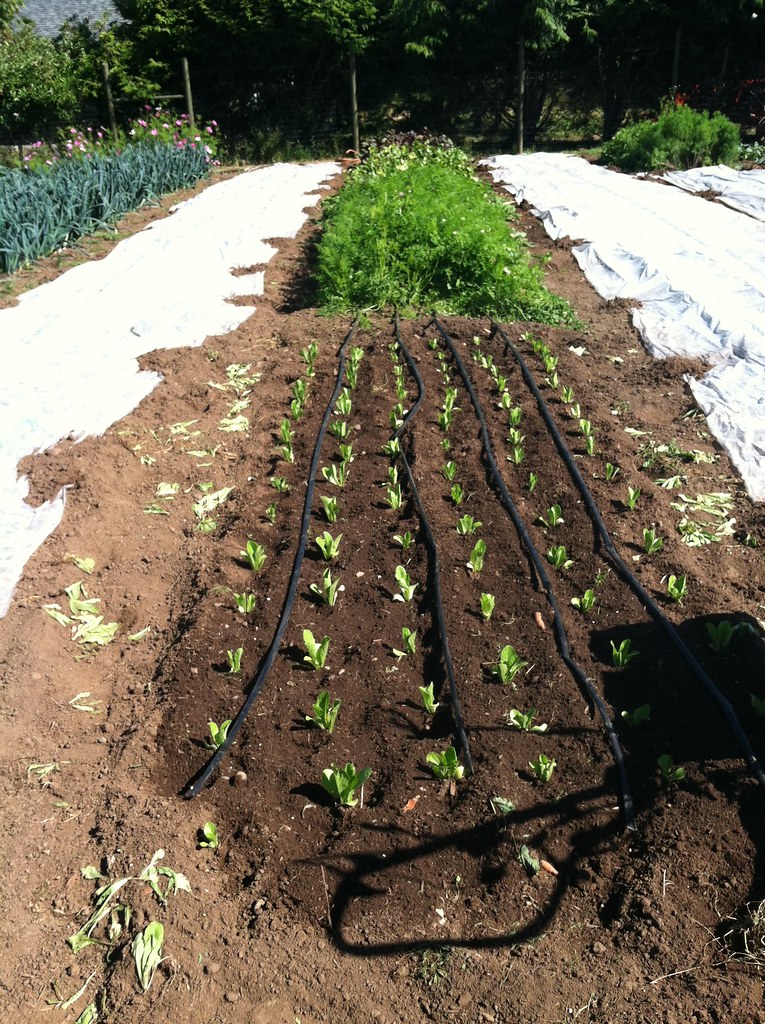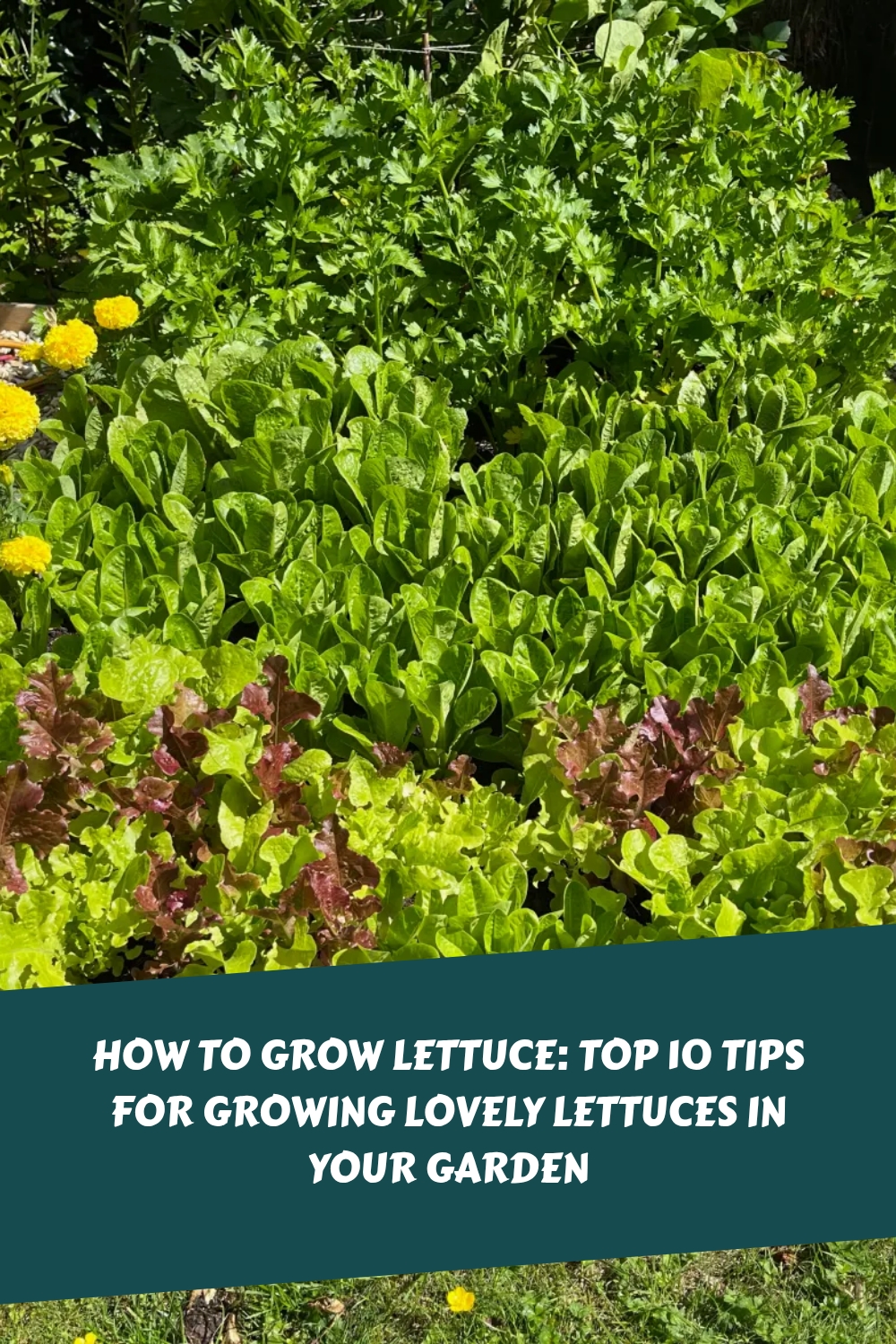
Growing your own lettuce is one of the most rewarding experiences in gardening. They are not only delicious in salads, but they are beautiful when laid out in your veg beds.
In fact, I think lettuces are such attractive plants, that it is worth incorporating them in your ornamental garden beds – especially if you mix up different coloured varieties.
Fresh, crisp leaves picked straight from your garden taste incomparably better than store-bought varieties, and with proper care, you can enjoy continuous harvests throughout much of the growing season.
These ten essential tips will show you how to grow lettuce and help you cultivate healthy, delicious plants that will lift your salads and sandwiches to new heights.
1. Choose the Right Varieties for Your Climate
The foundation of successful lettuce growing begins with selecting appropriate varieties for your specific growing conditions and climate zone. Lettuce varieties fall into several main categories: loose-leaf, butterhead, romaine, and crisphead.
Loose-leaf varieties like ‘Black Seeded Simpson’ and ‘Red Sails’ are excellent for beginners because they’re quick-growing and heat-tolerant.
Butterhead lettuces such as ‘Buttercrunch’ and ‘Boston’ offer tender, sweet leaves perfect for delicate salads.
Romaine varieties like ‘Parris Island Cos’ provide sturdy leaves ideal for Caesar salads, while crisphead types like ‘Iceberg’ require cooler conditions but offer satisfying crunch.
Consider your local climate when making selections. In hot summer regions, focus on heat-resistant varieties and plan for spring and fall plantings.
Cooler climates can support longer growing seasons and a wider variety of types. Many seed companies now offer specially bred varieties designed for specific climate challenges, including bolt-resistant strains that can withstand temperature fluctuations.
2. Prepare Rich, Well-Draining Soil
Lettuce thrives in fertile, well-draining soil with a pH between 6.0 and 7.0. Before planting, work several inches of well-aged compost or rotted manure into your garden bed to improve soil structure and provide essential nutrients.
The organic matter helps sandy soils retain moisture while improving drainage in clay soils. Good drainage is crucial because lettuce roots are shallow and susceptible to rot in waterlogged conditions.
Test your soil pH using a simple soil test kit, as lettuce struggles in overly acidic or alkaline conditions. If adjustments are needed, add lime to raise pH or sulfur to lower it, following package directions.
The ideal soil should feel crumbly in your hands and drain well after watering while still retaining adequate moisture for plant roots.
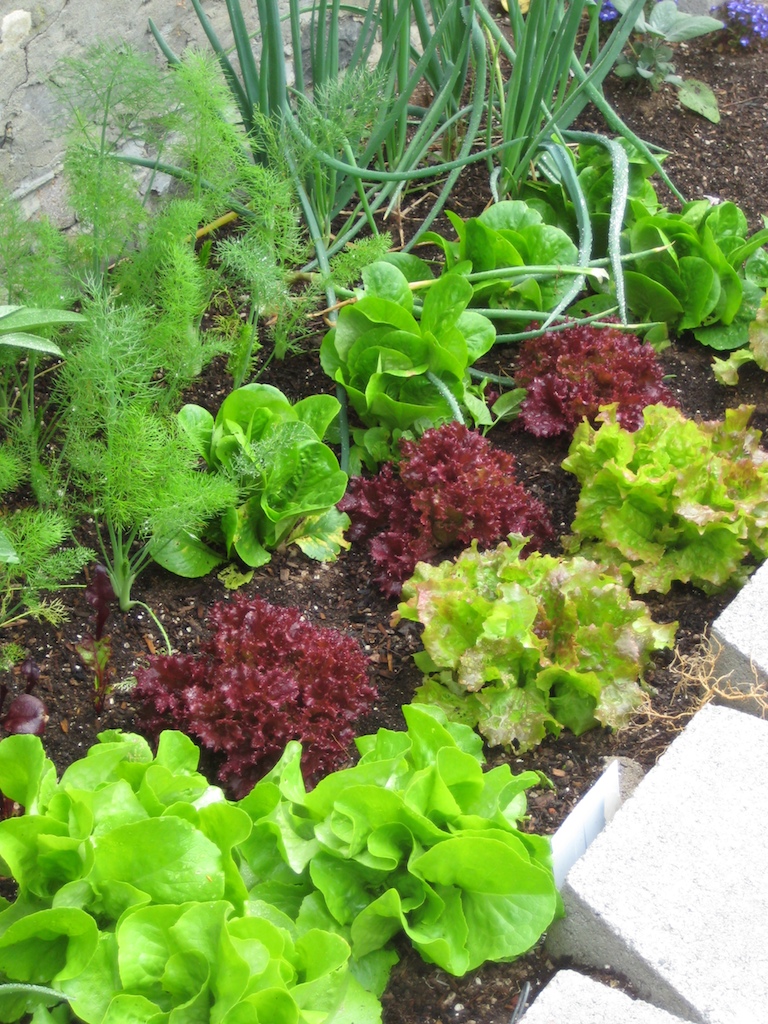
3. Master the Art of Succession Planting
One of the secrets to enjoying fresh lettuce throughout the growing season is succession planting.
Rather than sowing all your lettuce seeds at once, plant small amounts every 10 to 14 days. This technique ensures you’ll have a continuous supply of tender young leaves rather than a glut of mature lettuce that bolts before you can harvest it all.
Start your succession plantings about four weeks before your last expected frost date in spring, and continue through early summer.
In regions with mild winters, resume planting in late summer for fall/autumn and winter harvests. Keep detailed records of planting dates and varieties to help you refine your timing for future seasons.
This approach also allows you to experiment with different varieties throughout the season and discover your favourites.
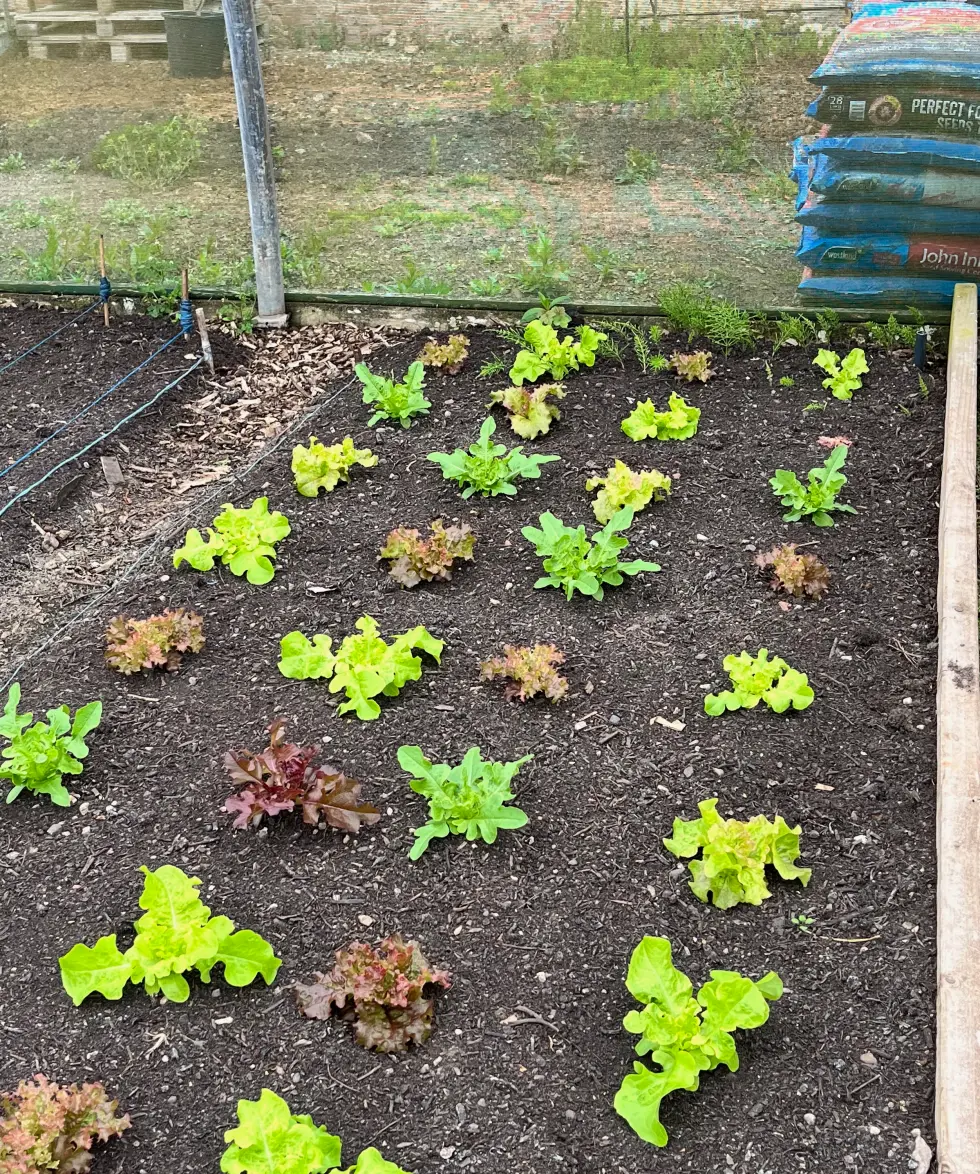
4. Provide Optimal Light Conditions
While lettuce needs adequate light to grow properly, it’s more tolerant of partial shade than many other vegetables, making it perfect for spots that receive morning sun and afternoon shade.
In fact, some afternoon shade is beneficial in warmer climates, as it helps prevent the plants from bolting prematurely due to heat stress.
Aim for at least four to six hours of direct sunlight daily, preferably in the morning when the light is less intense. In very hot climates, consider using shade cloth during the hottest part of summer to filter intense sunlight and keep soil temperatures cooler.
Container gardeners have the advantage of being able to move their lettuce to shadier spots as temperatures rise throughout the day.
5. Water Consistently and Properly
Consistent moisture is critical for tender, flavorful lettuce. The shallow root system means plants can quickly become stressed if soil dries out, leading to bitter-tasting leaves and premature bolting.
However, overwatering can cause equally serious problems, including root rot and increased susceptibility to diseases.
Water deeply but less frequently rather than giving plants light, daily waterings. This encourages deeper root development and creates more resilient plants. Always water at soil level rather than from overhead to reduce the risk of fungal diseases that thrive on wet foliage.
Drip irrigation systems or soaker hoses work exceptionally well for lettuce beds, providing consistent moisture while keeping leaves dry.
Monitor soil moisture by inserting your finger about an inch into the soil near the plants. If it feels dry, it’s time to water. In hot weather, you may need to water daily, while cooler conditions might require watering only every few days.
6. Space Plants Properly for Healthy Growth
Proper spacing is essential for healthy lettuce development and disease prevention. Overcrowded plants compete for nutrients, water, and light, resulting in weak, spindly growth and increased susceptibility to fungal problems. Follow seed packet recommendations for spacing, which typically ranges from 4 to 12 inches (10 to 30cm) apart depending on the variety and intended harvest method.
For loose-leaf varieties harvested as baby greens, closer spacing is acceptable, but for full-sized heads, adequate spacing is crucial.
Thin seedlings ruthlessly when they’re young, as it’s better to have fewer healthy plants than many weak ones. Use the thinned seedlings in salads rather than letting them go to waste.
Good air circulation between plants helps prevent moisture buildup that can lead to diseases like downy mildew and lettuce drop. In humid climates, err on the side of giving plants more space rather than less.
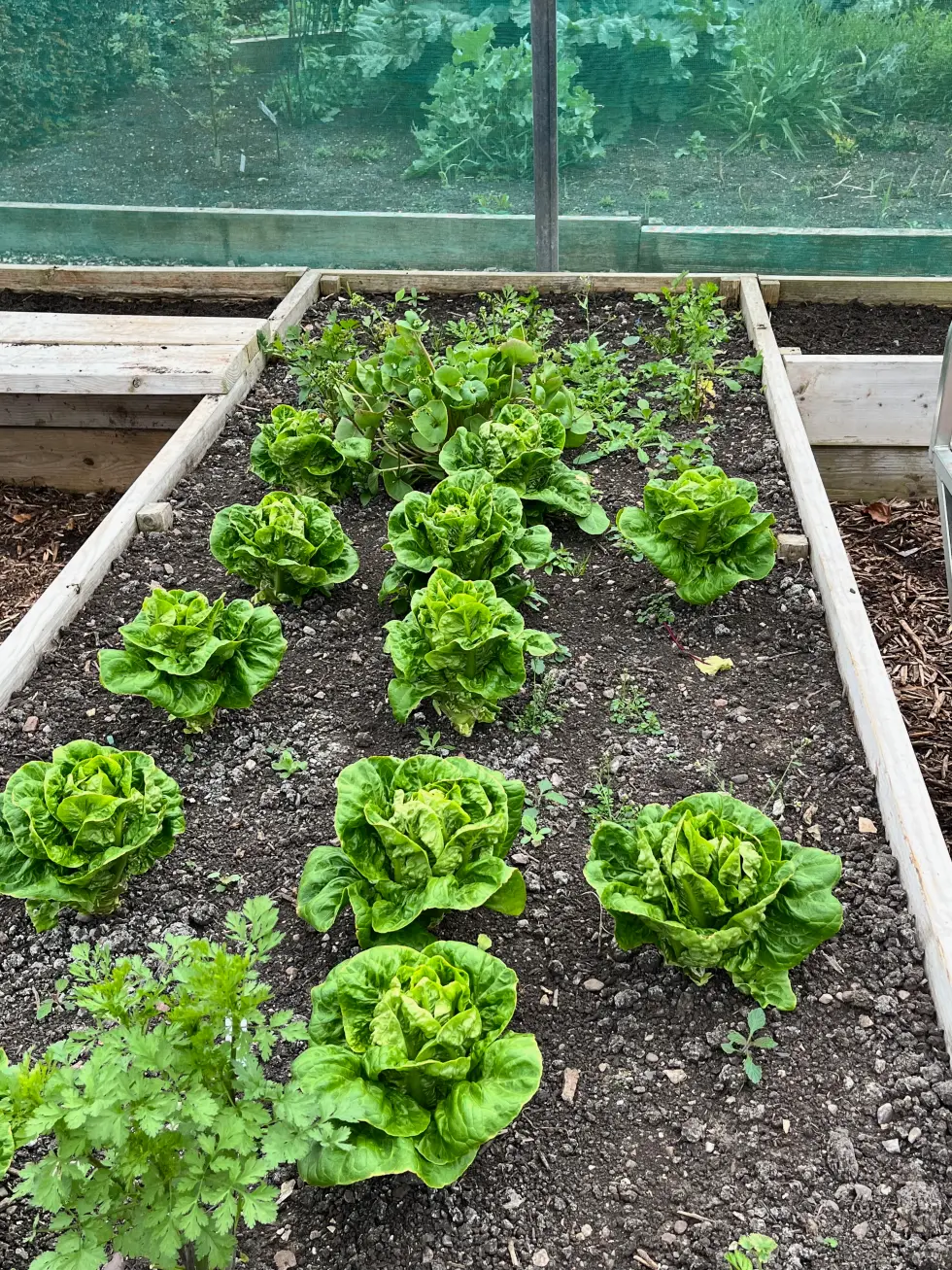
7. Mulch for Moisture and Weed Control
Applying a layer of organic mulch around your lettuce plants provides multiple benefits that contribute to healthier, more productive crops. Mulch helps retain soil moisture, reducing the frequency of watering needed and creating more consistent growing conditions. It also suppresses weeds that would otherwise compete with your lettuce for nutrients and water.
Use organic materials like straw, shredded leaves, or grass clippings, applying a 2 to 3-inch layer around plants while keeping mulch a few inches away from the base of each plant to prevent pest problems. As organic mulches decompose, they add nutrients and improve soil structure, creating better growing conditions for future crops.
In addition to moisture retention and weed suppression, mulch helps regulate soil temperature, keeping roots cooler in summer heat and providing some insulation during unexpected cold snaps.
8. Harvest at the Right Time and Method
Knowing when and how to harvest your lettuce can make the difference between tender, flavorful leaves and tough, bitter ones.
For loose-leaf varieties, begin harvesting outer leaves when they’re 3 to 4 inches long, taking only what you need and allowing the center to continue growing. This “cut and come again” method can provide harvests for several weeks from a single planting.
For head-forming varieties like romaine and butterhead, harvest when heads feel firm but before they begin to elongate or show signs of bolting. Crisphead varieties should be harvested when heads feel solid and compact.
Always harvest in the morning when leaves are crisp and full of moisture. Use a sharp knife or scissors to make clean cuts that heal quickly and reduce disease risk.
Rinse harvested leaves in cool water immediately after cutting to remove soil and debris, then store in the refrigerator for maximum freshness.
9. Manage Temperature and Prevent Bolting
Lettuce is a cool-season crop that performs best in temperatures between 45 and 70 degrees Fahrenheit (7-21 degrees Celsius). When temperatures consistently exceed 70 degrees, most lettuce varieties will begin to bolt, sending up flower stalks and turning leaves bitter.
Understanding how to manage temperature stress is crucial for extending your harvest period.
Choose bolt-resistant varieties for warmer conditions, and use techniques like shade cloth, mulching, and adequate watering to keep soil temperatures cooler.
Plant lettuce in locations that receive morning sun but are protected from the intense afternoon heat. In container gardens, move pots to shadier locations as temperatures rise.
Watch for early signs of bolting, including elongation of the center stem and the appearance of small flower buds. Once bolting begins, harvest immediately, as leaves will quickly become too bitter to eat.
However, once my lettuces do bolt, I sometimes leave them for a while because they have beautiful architectural forms, as you can see below.
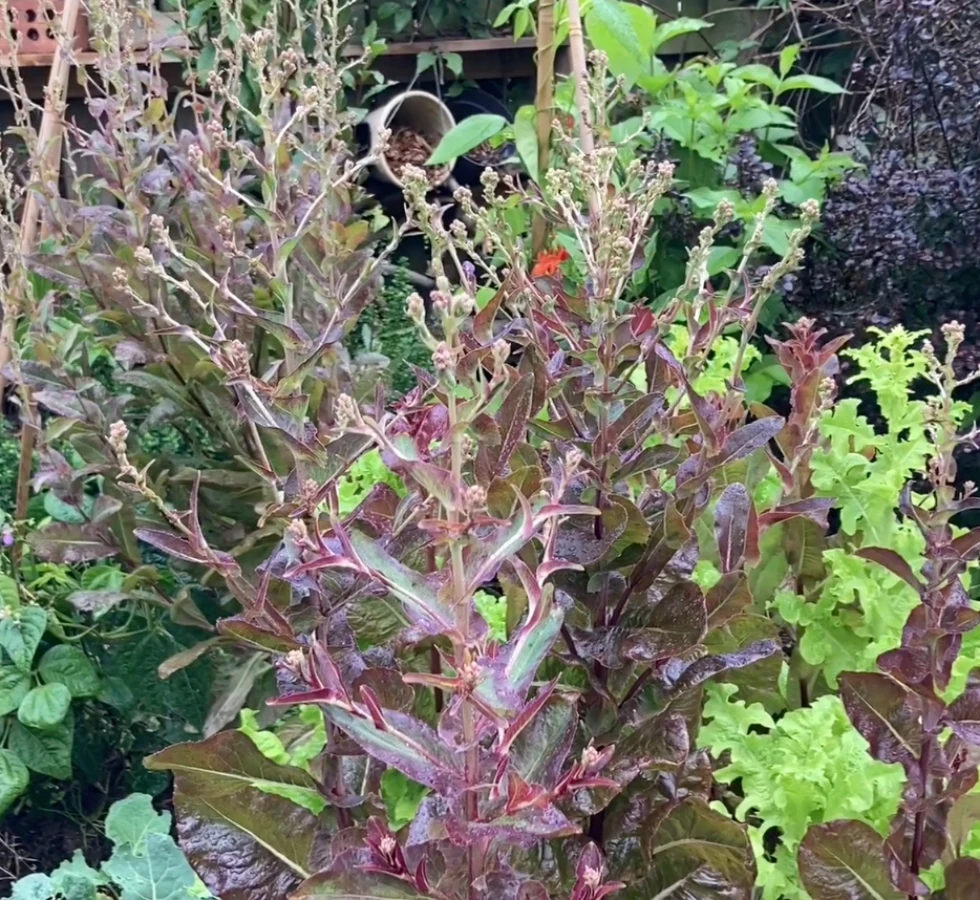
10. Practice Integrated Pest Management
While lettuce is relatively pest-resistant, several common problems can affect your crops.
Aphids, cutworms, and slugs are among the most frequent visitors to lettuce beds. Implementing an integrated approach to pest management, that combines prevention, monitoring, and targeted interventions, will keep your lettuce healthy without relying heavily on chemical controls.
Encourage beneficial insects by planting diverse flowers and herbs near your lettuce beds. These predators will help control aphid populations naturally.
Use row covers during vulnerable seedling stages to protect against cutworms and other soil-dwelling pests. For slug problems, try beer traps or copper strips around bed edges.
Regular inspection of your plants allows you to catch problems early when they’re easier to manage. Remove any damaged or diseased leaves promptly to prevent problems from spreading. Maintain good garden hygiene by cleaning up plant debris that could harbor pests or diseases.
Summing Up
By following these ten comprehensive tips, you’ll be well on your way to growing beautiful, delicious lettuce that will enhance your meals and provide the satisfaction that comes from harvesting your own fresh, healthy vegetables.
Remember that gardening is a learning process, and each season offers opportunities to refine your techniques and try new varieties.
Martin Cole has been an avid plant lover and gardener for more than 20 years and loves to talk and write about gardening. In 2006 he was a finalist in the BBC Gardener of the Year competition. He is a member of the National dahlia Society.
He previously lived in London and Sydney, Australia, where he took a diploma course in Horticultural studies and is now based in North Berwick in Scotland. He founded GardeningStepbyStep.com in 2012. The website is aimed at everybody who loves plants or has been bitten by the gardening bug and wants to know more.
Gardening Step by Step has been cited by Thompson and Morgan, the UK’s largest mail order plant retailer, as a website that publishes expert gardening content.


